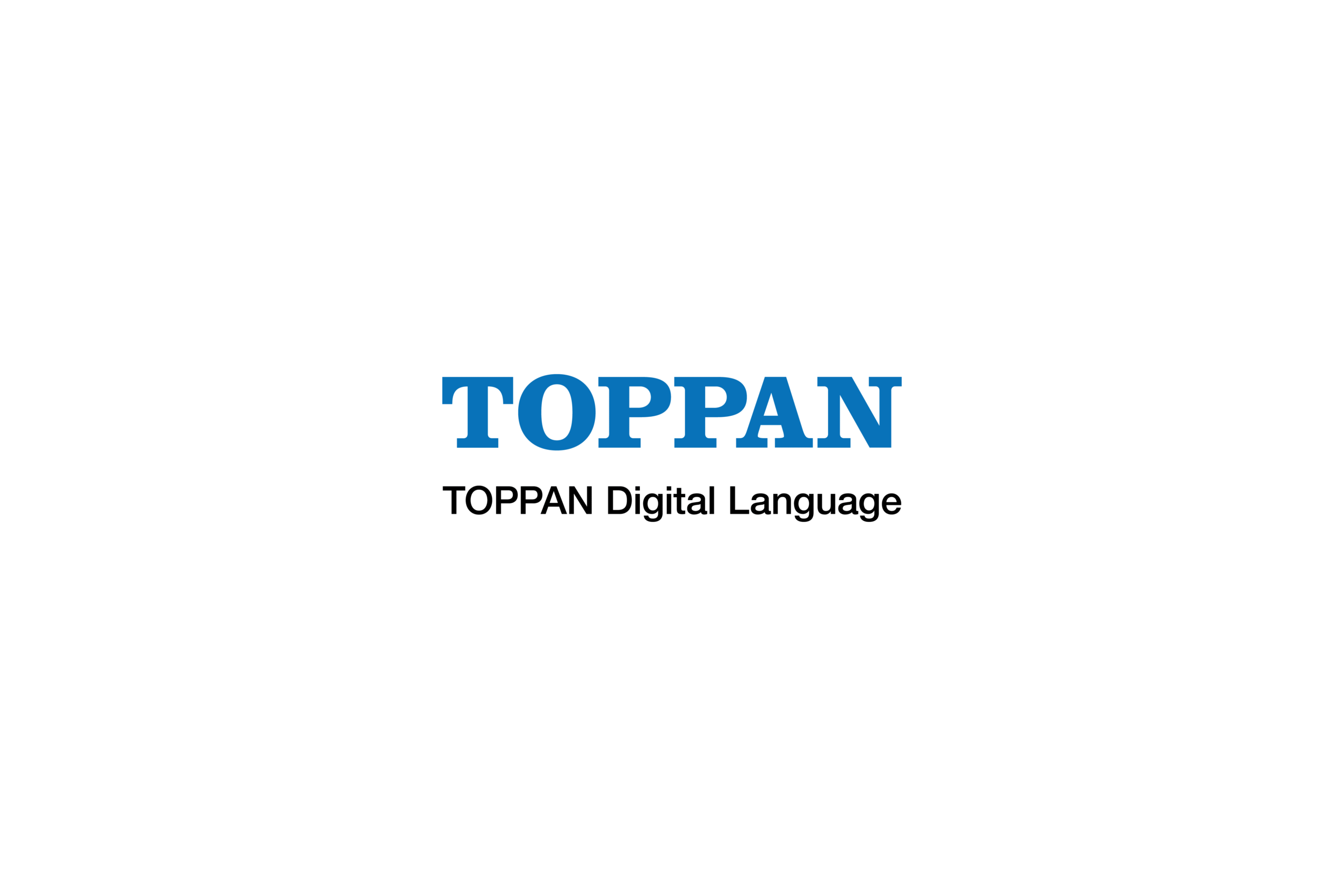In summary: What does a localized company culture look like?
- Global should set visual identity, tone of voice, templates, and social content lockups for local markets. This can be presented in toolkit form to local teams.
- Key messages and hero product launches should be led by global; local teams should help localize these while also managing their own market launches.
- Local markets should own customer service and pricing.
- Global and local markets should have their own paid media strategies.
- Use content management systems to cascade content to local markets.
Authenticity is critical, and audiences can quickly tell when a brand is pretending to be something it’s not. Brands need to put every effort possible into addressing, and responding to, local markets in the right way.
Having team members who are native to the markets you are marketing to will help make sure your communications stay brand appropriate, while also continuing to tap into the unique linguistic and cultural nuances to truly connect to audiences in local markets.
Through our research with Econsultacy in 2021, we spoke to Anais Harmant, Head of Brand at ManoMano. The DIY and homecare brand is a European-wide marketplace. While it’s currently in six markets (France, Belgium, Italy, Spain the UK, and Germany) it is heavily focused on delivering an authentic experience in each instance.
“We truly believe trust comes with localization. We don’t want to be a European company; we want to be
a British company and a German company. Our customers need to trust us, so all our teams have natives from each country to make sure our communications, marketing, and customer support can all remove what might be a friction for customers.” – Head of Brand Marketing, Communications & Media chez ManoMano
Centralization for efficiency
Content and asset management are key for localization to be effective and as error-free as possible. Having a centralized resource that all teams can assess with guidelines as to how assets can be used, the appropriate territories, and tone of voice means international marketing teams can react quickly.
A content management system (CMS) is, of course, fundamental. These platforms enable in-house teams to
organize and categorize content effectively to be displayed on eCommerce sites. Your CMS should be able to push content to a centralized or third-party translation management system (TMS) to be translated and sent back to the CMS. Ideally, your CMS should be compatible with a TMS or have integration capabilities via a connector.
At TOPPAN Digital Language, we can integrate our proprietary technology platform, STREAM, into the most popular CMS
and eCommerce platforms on the market via our API or native plugins. Retailers get access to fast, secure, native functionality to easily manage the localization of their content while drastically improving time to market and ROI.
The centralization of data also lays the essential groundwork to explore the possibilities of localization automation such as machine translation.
In-house or outsource language expertise? That is the question
In some cases, a territory may require specific expertise that is only available within that country’s borders. For example, working within more complex markets like China almost always requires some form of partner relationship.
Marketplaces such as Tmall, an Alibaba-owned eCommerce platform have become vital arms for brands like Ted Baker, Burberry, and Nike to enter the market successfully. Especially when you consider how fast the Chinese marketplace moves and how non-Chinese brands must adapt to demand and new opportunities quickly.
Having a local partner like this means they will help with order fulfillment and Chinese-centered customer service. They will also provide translation and localization of brand content and product listings as well as digital marketing campaigns and Tmall store designs.
As long as you take a localized approach to marketing and you listen to teams on the ground, China is the most enabling market in the world.
The importance of local expertise
When it comes to workflow management, in-house teams benefit from having knowledge of your internal processes, company culture, and brand voice. You’ll also have full control over the translation management process.
However, with large-scale projects come more complexities. Some projects might require a particular set of skills, such as multilingual copywriting, or you might need new linguists who can translate a new language that you want to add to your website.
With a language service provider, you’ll have a larger pool of translators to choose from to meet your language requirements. Furthermore, most language service providers will offer project management, as standard, to their clients.
To mitigate quality control issues that can arise with in-house teams, some businesses prefer either using a language service provider or even a hybrid system to manage costs. We can help with both either by helping retailers with additional language needs or fully onboarding them with a full suite of language solutions.
But no matter what you choose, investing in people with local expertise will always be your trump card.

